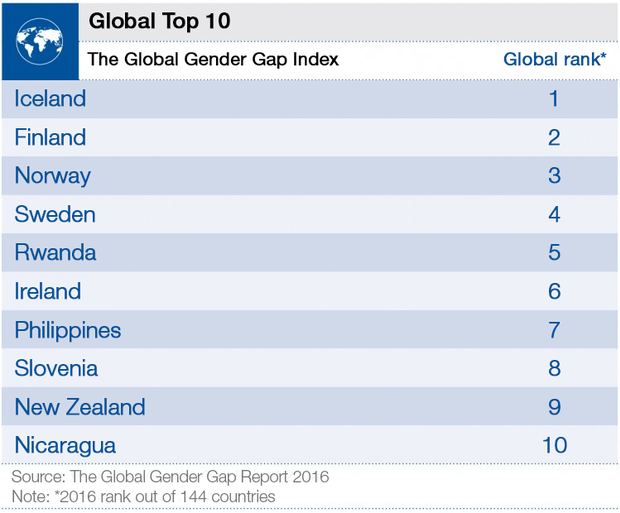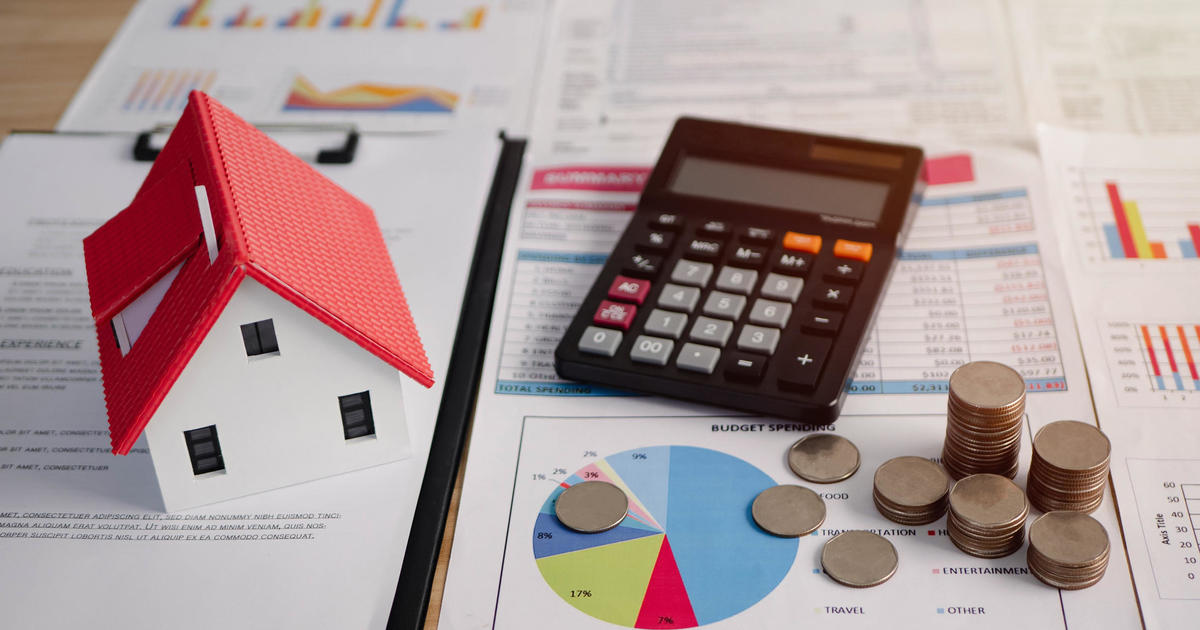The global gender gap widens in 2016
Women are making their way up in the ranks of world leaders. Angela Merkel became the chancellor of Germany in 2005. Christine Lagarde has been managing director of the International Monetary Fund for the past five years. Theresa May took over U.K. prime minister in July. And in two weeks, it’s possible the U.S. may have its first female president in Hillary Clinton.
Along the way, the gender gap regarding economic participation and opportunity has also narrowed around the world, but there’s a lot more work to be done because it has just widened again. Indeed, the latest the Global Gender Gap Report from the World Economic Forum suggests that the divide between men and women is now larger than at any time since 2008.
Based on WEF projections, this gap won’t now close until 2186. Yes, that’s 170 years from now. In last year’s report, the forum had forecast it would close by 2133. So the latest data shows a major step backwards.
“Women and men must be equal partners in managing the challenges our world faces,” said Klaus Schwab, WEF founder and executive chairman.
The yearly report measures progress toward gender parity in four areas including educational attainment, health and survival, economic opportunity and political empowerment.
In a big surprise, the report found the U.S. has fallen from 28th place last year to 45th when it came to closing the gap. The WEF said that’s primarily due to a more transparent measure for estimated earned income.
“The U.S. has been on a downward trajectory for the last decade or so,” said Saadia Zahidi, a member of the WEF’s executive committee who heads its education, gender and work missions. “That’s not because there hasn’t been progress. It has been improving relative to itself over the last decade. But because other countries are moving forward faster, it’s just continuously falling in the rankings.”
Zahidi noted the U.S. has one of the biggest pools of high skilled women. “But when it comes to integrating them in the workforce, it’s simply not doing as well as the other economies,” she said.
Progress toward parity regarding economic opportunity has slowed dramatically around the world. The gap now stands at 59 percent -- an eight-year high.
Salary is a key factor in this widening gap. Women around the world on average are earning just over half of what men make, and they’re working longer hours taking paid and unpaid work into account. Another challenge the report mentioned is stagnant labor force participation, with the global average for women standing at 54 percent, compared to 81 percent for men.
The number of women in senior corporate positions remains very low. The WEF said only four countries have equal numbers of male and female legislators, senior officials and managers. Ninety-five have as many women educated at the university level.
Political empowerment showed the biggest improvement since the WEF began measuring the gender gap a decade ago. That gap now is at 23 percent, but it’s important to keep this figure in perspective because it started from a very low number. The WEF said only two countries have reached parity in parliament, and only four have reached parity on ministerial roles.
The two areas that saw the most progress are education and health and survival. The education gender gap has closed by 95 percent, and health and survival has closed by 96 percent.
Scandinavian countries remain the most gender-equal countries, with Iceland, Finland, Norway and Sweden taking the top four positions. Rwanda moved in front of Ireland to take the 5th position.
The Philippines remains unchanged at 7th, just slightly ahead of Slovenia at No. 8 and New Zealand, which both move up one place. Nicaragua took the 10th spot, knocking Switzerland out of the top 10.
“The rate of change has been slowing down in the last few years,” Zahidi said. “We’re still feeling the repercussions of the financial crisis and that has simply created a less dynamic labor market and that means that it’s harder to close the gap between women and men.”
Longer term issues also play a role. “We’re at the beginning of the ‘Fourth Industrial Revolution’,” Zahidi said. “Technology is causing changes to labor markets which are having two impacts in women in particular. There are losses to jobs that are low- to mid-white-collar work that women are the majority in -- sales functions, administrative functions. Women have been employed in those functions for a long time and now those jobs are going to be automated away. The second thing is growth in jobs. Growth is happening in those areas where women tend not to be very well prepared for in advanced economies, STEM-related jobs (science, technology, engineering, math). All of that together is basically leading to the stalling of progress.”





